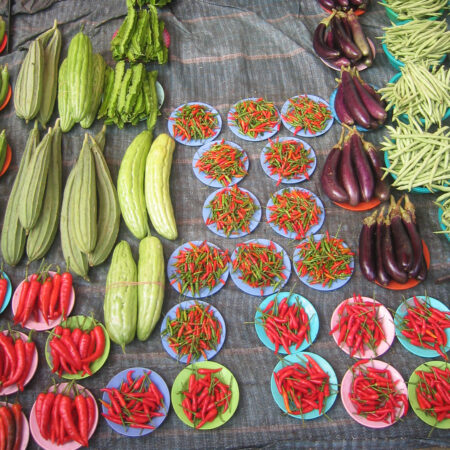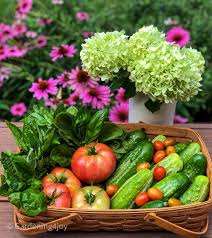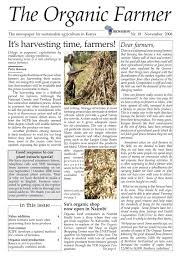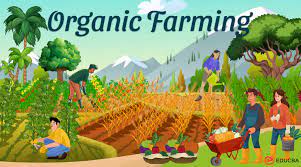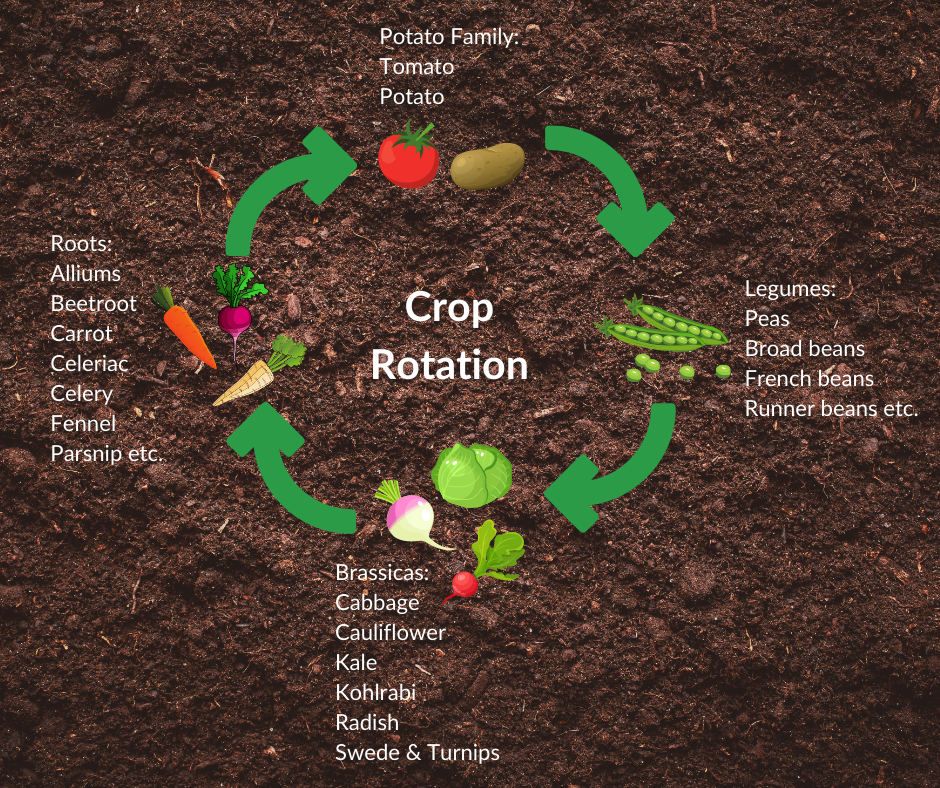
Crop rotation is a farming technique where farmers grow different crops in a planned sequence on the same land. This method helps to improve soil health, prevent pests and diseases, and increase crop yields. In this post, we’ll explore the benefits of crop rotation, the different crop rotation systems, and how to implement crop rotation on your farm.
Benefits of Crop Rotation
Crop rotation offers several benefits, including:
Improved Soil Health: Growing different crops in a planned sequence helps to replenish soil nutrients, reduce soil erosion, and prevent soil-borne diseases.
Pest and Disease Control: Crop rotation can help to break pest and disease cycles, reducing the need for chemical treatments.
Increased Yields: By optimizing soil health and reducing pest and disease pressure, crop rotation can improve crop yields.
Different Crop Rotation Systems
There are several crop rotation systems that farmers can use, including:
Simple Rotation: This involves alternating between two crops in a regular sequence, such as corn and soybeans.
Crop Sequencing: This involves planting crops in a specific order based on their nutrient requirements, such as planting nitrogen-fixing crops before crops that require high nitrogen levels.
Complex Rotation: This involves rotating three or more crops in a planned sequence to optimize soil health and prevent pest and disease buildup.
How to Implement Crop Rotation
To implement crop rotation, farmers should follow these steps:
Assess Soil Health: Before choosing a crop rotation system, assess your soil health to determine which crops will grow best.
Choose Crops: Select crops that are suitable for your region and have different nutrient requirements.
Plan Rotation: Determine the order of crops and the timing of planting and harvesting.
Manage Crops: Monitor soil health, pests, and diseases throughout the growing season and adjust crop management practices accordingly.
Conclusion
Crop rotation is an effective farming technique that offers several benefits, including improved soil health, pest and disease control, and increased yields. By choosing the right crop rotation system and managing crops carefully, farmers can optimize their yields and maintain healthy soils for future generations.



